Search
Search Results

Article
Bergen – Visiting the Hanseatic Trading Town on the West Coast of Norway
Bergen is a lively, historic city located on the west coast of Norway. Known for its history as a Hanseatic trading town of fish from the north, Bergen has much to offer those who visit. The most famous site is the colorful "Bryggen" or German...
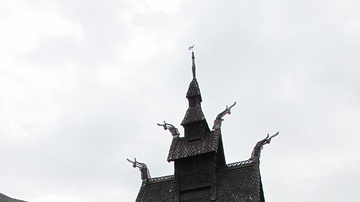
Article
Stave Churches: Norway’s National Treasures
Stave churches are the most famous medieval buildings in Norway and are admired for their unique architecture and beautiful decorations. They are named after the staves or masts that hold up the main structure of the church. Only 28 stave...
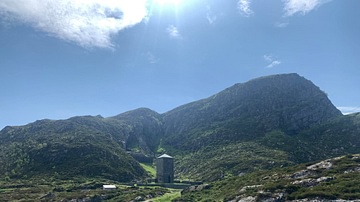
Article
Selja Monastery - The Sacred Island off the West Coast of Norway
Selja monastery has been considered one of the most sacred sites in Norway for more than 1000 years. The monastery is connected to the legend of St. Sunniva (10th century CE), who is the only female Norwegian saint, and was for a long time...
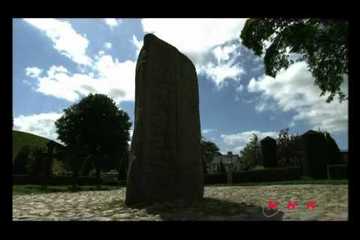
Video
Jelling Mounds, Runic Stones and Church (UNESCO/NHK)
The Jelling burial mounds and one of the runic stones are striking examples of pagan Nordic culture, while the other runic stone and the church illustrate the Christianization of the Danish people towards the middle of the 10th century A.D...
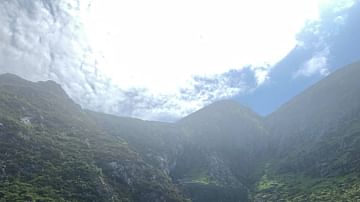
Image
Monastery Ruins on Selja Island, Norway
The monastery ruins on Selja Island, Stad, Norway. The Benedictine abbey was constructed in the 11th century CE and was linked to the legend of Saint Sunniva (10th century CE). Behind is the trail up to the sacred cave in the mountain side.
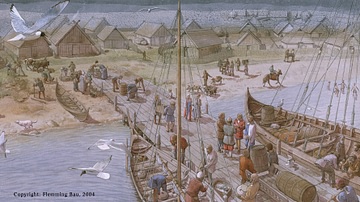
Definition
Kaupang
Kaupang was a Norwegian Viking Age town with a seasonal emporium established around c. 780 CE and abandoned around c. 950 CE. Kaupang is located on the western side of Oslofjord (Viksfjord) in what is the present-day southeastern county Vestfold...
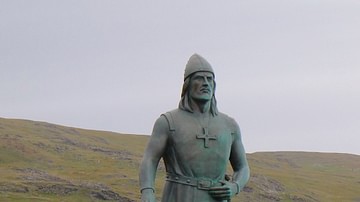
Article
Twelve Great Viking Leaders
The Viking Age (c. 790-1100 CE) transformed every aspect of the cultures the Norse came in contact with. The Vikings usually struck without warning and, in the early years, left with their plunder and slaves to be sold as quickly as they...
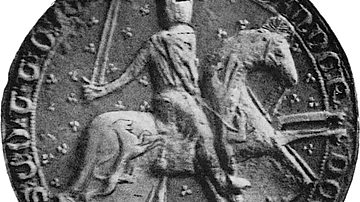
Definition
Alexander III of Scotland
Alexander III of Scotland reigned from 1249 to 1286 CE. Succeeding his father Alexander II of Scotland (r. 1214-1249 CE) at the age of eight, the young king's early reign was blighted by rivalries between his nobles, a situation made more...

Article
Vikings: Jewelry, Weapons & Social Change at The VIKINGR Exhibition
In April 2019 The Museum of Cultural History in Oslo, Norway opened its doors to the new exhibition VÍKINGR containing rich treasures and unique archaeological finds from the Viking Age (c. 750 - 1050 CE). The Viking age is considered...
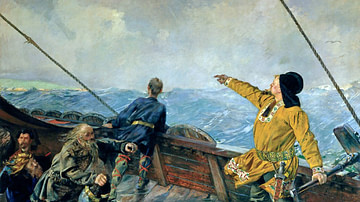
Definition
Leif Erikson
Leif Erikson (also spelled Leif Eriksson, Old Norse Leifr Eiríksson), nicknamed Leif 'the Lucky', was a Norse Viking who is best known for arguably being the first European to have set foot on North American soil along with his crew c. 1000...